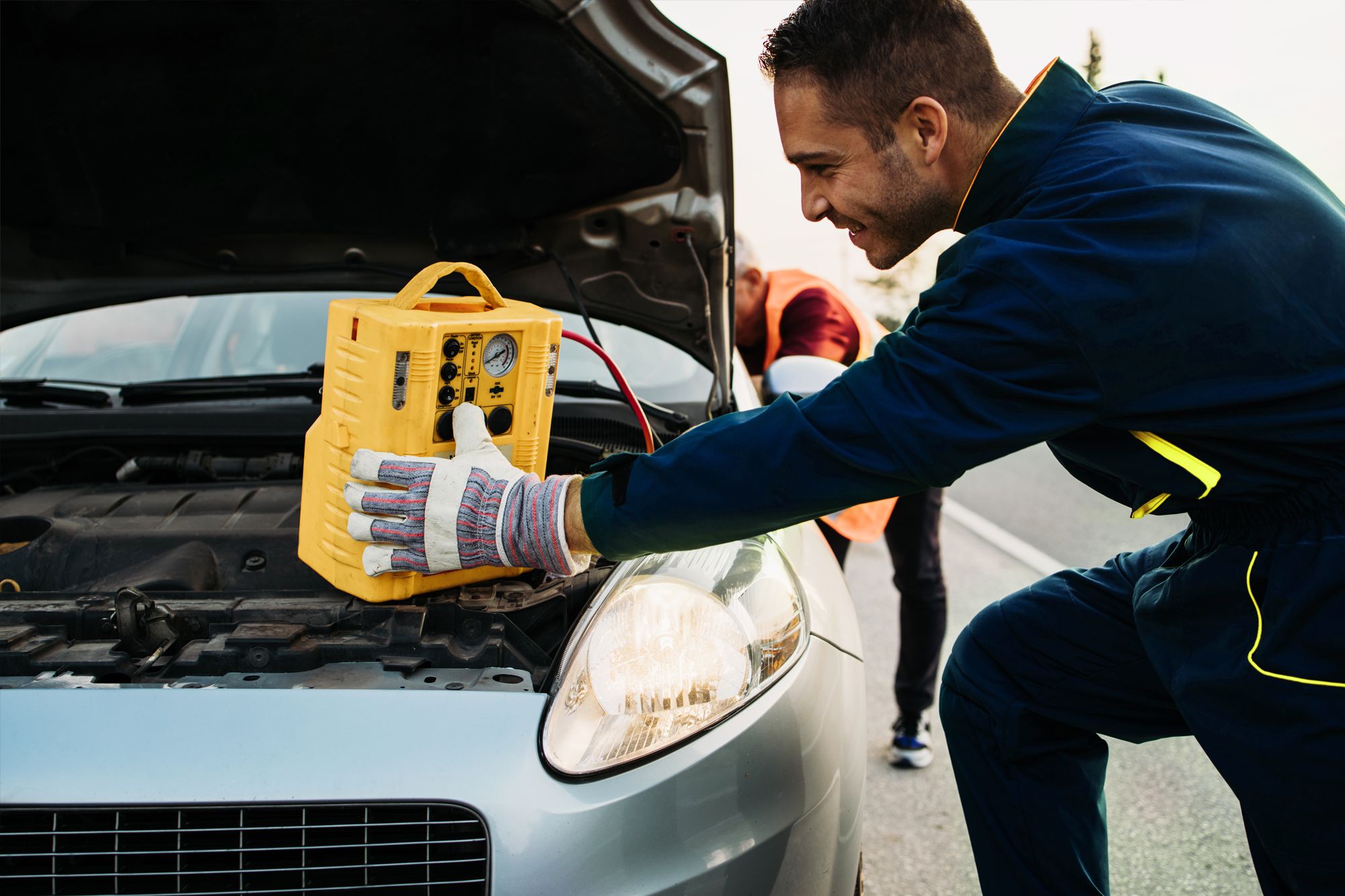All Categories
Featured

The auto fixing industry is quickly developing with the introduction of brand-new modern technologies that are reshaping just how vehicles are diagnosed, serviced, and fixed. From the adoption of expert system (AI) to the combination of electrical car (EV) upkeep, these improvements are improving repair effectiveness, minimizing expenses, and improving the general client experience. In this post, we'll discover some of the most noteworthy automobile technology advancements out of commission that are assisting contemporary auto mechanics stay in advance of the contour.
- AI-Powered Analysis Devices. Artificial intelligence is transforming the diagnostic procedure in automobile repair. Technician shops can now use innovative scanners that use AI to detect troubles, anticipate prospective failures, and even suggest details repairs.
- Electric and Hybrid Car Repairs. As the need for electrical automobiles (EVs) and crossbreeds expands, so does the demand for specialized repair modern technologies and training. Additionally, several repair work shops are now investing in electric vehicle-specific devices, such as high-voltage insulation testers and charging station diagnostics, to make certain that specialists can safely and efficiently service these advanced vehicles.

- 3D Printing in Car Fixing. 3D printing has become a powerful tool for automotive repairs, specifically when it involves generating hard-to-find or discontinued components. This cutting-edge technology enables repair stores to publish and design custom parts on-demand, lowering wait times and costs connected with buying parts from producers. Whether it's an unusual trim item, a busted engine component, or a complex indoor component, 3D printing can generate high-grade replacements that recover the car to its original state. This technology is especially valuable for recovering classic automobiles or fixing lorries that no longer have readily offered replacement parts.
- Robotics and Automation. Robot technology is being incorporated into the auto fixing process to increase efficiency and accuracy. Robotics are being made use of for recurring jobs such as tire turnings, oil changes, and brake servicing, enabling professionals to concentrate on more complex fixings. These robotics can run with high levels of precision, minimizing the threat of human mistake and improving the quality of the repair service. In the future, robotics might tackle much more innovative repair work functions, allowing quicker turnaround times and improving the total customer experience.
- Augmented Fact (AR) for Specialist Assistance. Augmented reality is changing the method technicians accessibility fixing information and perform jobs. By utilizing AR glasses or tablet computers, service technicians can overlay digital information, such as fixing manuals, layouts, and detailed instructions, directly onto the vehicle they are working on.
- Predictive Maintenance with IoT. The Net of Things (IoT) is revolutionizing car upkeep by linking automobiles to networks that collect data in actual time. IoT sensing units keep track of a lorry's health and send crucial information, such as oil levels, tire pressure, engine temperature level, and battery standing, to cloud-based systems. This information is examined by anticipating upkeep algorithms to recognize possible concerns prior to they cause failures. As an example, if a sensor discovers uncommon wear in the brakes, the system can inform the driver or professional before it ends up being a significant problem. Anticipating upkeep aids customers avoid unanticipated repair service prices and expand the lifespan of their cars.

- Telematics and Remote Diagnostics. Telematics systems, which are widely used in modern automobiles, make it possible for remote diagnostics and real-time surveillance. These systems send out data about a car's efficiency, consisting of engine health and wellness, tire condition, and fluid levels, to service facilities and producers. If a trouble emerges, technicians can detect the concern from another location, commonly fixing software program problems or upgrading the lorry's firmware without the requirement for a physical solution consultation. Sometimes, professionals can also troubleshoot problems or arrange a consultation prior to the lorry comes to the fixing shop. This remote strategy to diagnostics boosts ease and reduces downtime for car owners.
- Lorry Data Sharing for Improved Service. With accessibility to in-depth data from a car's previous solution history, consisting of previous fixings, components substitutes, and efficiency reports, technicians can much more properly assess current concerns. By leveraging this information, repair service shops can supply tailored solutions based on the lorry's special history, aiding to protect against future problems and improving long-term automobile performance.
Verdict. The auto fixing industry is advancing at an extraordinary rate, many thanks to the constant improvements in modern technology. AI-powered diagnostic devices, robotics, 3D printing, and IoT connectivity are just a few examples of the cutting-edge technologies changing the way vehicles are fixed. These innovations not just boost repair work efficiency but additionally enhance the quality of solution and customer fulfillment. As the market proceeds to accept these developments, service center that stay current with the most recent tools and methods will certainly be much better outfitted to satisfy the demands of modern vehicle owners. For car owners, these advancements suggest faster, extra exact repair services, increased safety, and a longer-lasting lorry.
Latest Posts
Explore Montclare Auto Repair’s Highly Requested Services and Why Drivers Trust Them
Published May 13, 25
1 min read
Enjoy with a View: Boat Up to Deauville Inn’s Coastal Patio
Published May 13, 25
2 min read
Experience the Flavorful Fare of The other day's Pub Wedding catering
Published May 12, 25
1 min read
More
Latest Posts
Explore Montclare Auto Repair’s Highly Requested Services and Why Drivers Trust Them
Published May 13, 25
1 min read
Enjoy with a View: Boat Up to Deauville Inn’s Coastal Patio
Published May 13, 25
2 min read
Experience the Flavorful Fare of The other day's Pub Wedding catering
Published May 12, 25
1 min read